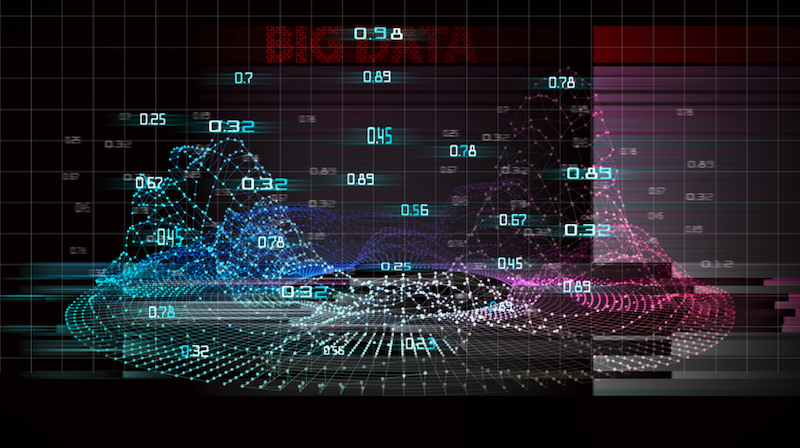
Quantum-Resistant Cryptography: Protecting the Future
Keeping our data secure is very important. Quantum computers may soon break current codes. So, experts work on cryptography that resists quantum hacks. The U.S. Commerce Department selected four strong secret codes.
These codes use tricky math problems to block attacks. Secretary Gina M. Raimondo highlighted this crucial project. NIST picked seven top choices and eight backups from 82 options over six years. But switching will take time. Challenges include ensuring smooth integration and legal battles over origins.
The Rise of Quantum-Resistant Cryptography
As computers become more powerful, everyone’s talking about keeping data safe. That’s where quantum-resistant cryptography can help.
NIST’s competition for quantum-resistant algorithms
NIST’s quest found seven finalists and eight alternates for secure communications. Over six years, 82 ideas were evaluated to protect data from quantum computers.
Teams worldwide collaborated for this mission. NIST announced four quantum-resistant algorithms. They aims to finalize a post-quantum standard within two years.
This marks the start of making our digital world safer. Businesses and cybersecurity pros prepare to implement these solutions against quantum threats. Companies like Guardio are also stepping up to enhance digital protection measures in the face of emerging quantum challenges.
The need for a quantum-resistant solution
Though quantum computers have only 200 qubits now, future ones may crack widely used RSA 2048. This puts banking, emails, and websites at risk. Some actors collect encrypted data. They plan to decode it when quantum computers become powerful.
This shows that public key encryption is unsafe. Quantum computers use qubits, which can be both 0 and 1 at the same time, unlike regular computer bits that are either 0 or 1. This allows them to perform certain calculations much faster than traditional computers.
We urgently need encryption that quantum computers cannot crack. This protects privacy and data security. Quantum technology grows stronger, risking today’s encryption methods.
NIST has a plan for post-quantum cryptography standards, these aim to protect digital information from quantum threats. Integrating new cryptosystems into products takes years or even decades.
Securing the Future with Quantum-Resistant Cryptography
The digital world is expanding quickly. Quantum computing is a challenge for current encryption methods. We need quantum resistant cryptography to protect data from quantum attacks.
Quantum computers can process lots of information at once. They may break the encryption algorithms we use now. Quantum resistant cryptography, or post quantum cryptography, uses new coding methods that even powerful quantum computers can’t crack.
By using these new encryption techniques, we can keep digital communications, financial transactions, and personal data secure in the quantum era.
The role of businesses and cybersecurity professionals
The role of businesses and cybersecurity professionals Businesses and cybersecurity pros have a big task. They work together to protect data from new threats. To do this, they closely examine systems that use public key cryptography.
Then, they make keys and digests larger to stop current threats. Everyone, from the government to schools, helps in this teamwork.
Challenges in developing quantum-resistant solutions
Bigger keys or complex math may slow systems down. We must maintain fast speeds. Integrating new security with old setups is tricky. Getting agreement on shared standards is hard. Legal disputes over post-quantum crypto ideas are messy. But progress continues on quantum-resistant encryption.
The momentum behind quantum-resistant cryptography in 2024
In 2024, NIST plans to release 4 algorithms. They’ll withstand threats from quantum computers. These aren’t just any algorithms, they’re based on math like structured lattices and hash functions, promising a strong defense for our digital signatures and encryption needs.
This push isn’t happening alone, high-profile voices like Secretary of Commerce Gina M. Raimondo have stressed the importance of securing electronic information.
Meanwhile, NIST Director Laurie E. Locascio paints a vivid picture of the threat posed by future quantum computers a scenario no one wants to face without strong protection.
In conclusion, Quantum-resistant cryptography is a big step toward keeping our digital future safe. As quantum computers grow stronger, the work of bodies like NIST in developing unbreakable codes is game changing.
Businesses and cyber experts are keeping up with these advances to shield our online lives from cyber threats. This emerging technology promises more secure banking, emails, and data sharing ensuring that what’s private stays private.
The push for impenetrable cybersecurity is not just happening; it’s racing ahead at full speed, securing a safer tomorrow for everyone.


